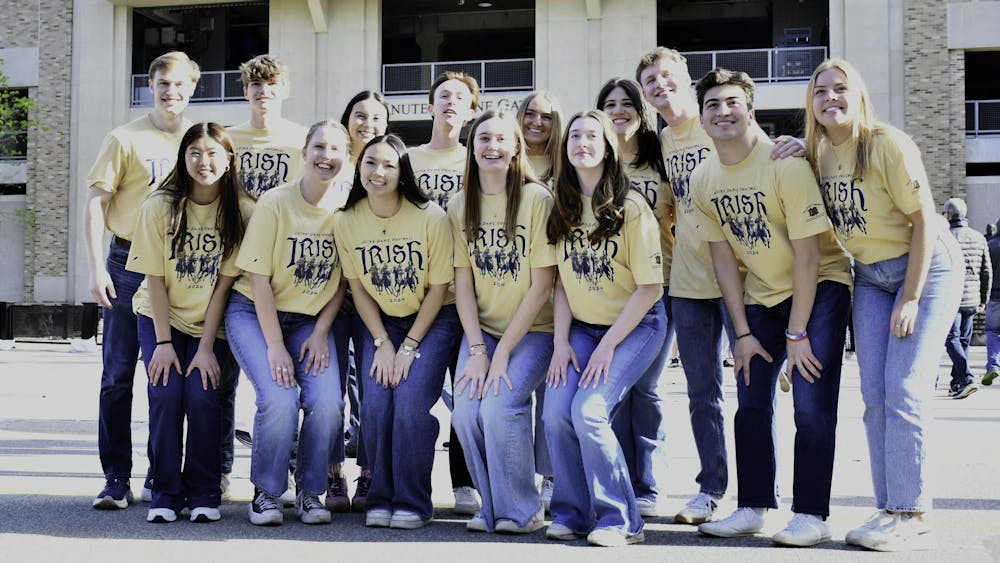This summer, when Notre Dame students, faculty and staff begin to use new ID cards, they will find a notable component of the old ID cards missing — the barcode. Though the new cards will still feature magnetic strip technology — which uses the black line found on the back of current ID cards — they will also feature chip technology, according to Irish1Card program director, Daniel Tormey.
The ultimate goal of the project is to transition out of magnetic strip technology and move into chip technology, which is more secure, Tormey said.
“Mag[netic] strip technology has been in place for many many decades and it’s fairly inexpensive and fairly reliable,” he said. “But also, it’s not very secure.”
Tormey said current magnetic strip technology makes it easy to produce duplicates of ID cards.
“It’s very easy to duplicate or clone cards and so lots of schools and now many are ahead of us where they’re transitioning or have transitioned to more secure contactless chips,” he said.
Tormey said the new ID card chips will feature a “touch, hold and go” system, rather than the credit card style chips that must be inserted into a chip reader.
“One of the things I usually point out too, when we talk about chips and cards, this is not the credit card, EMV chip, so it’s not that kind of customer experience where you slide it into a reader and you’re not really sure what to do at that point,” he said.
In order to choose a design for the new ID cards, the Irish1Card program narrowed potential designs down to three options, then allowed students to vote for their favorite. Tormey said students “overwhelmingly” voted in favor of the winning design.
“Voting was not close … which was good,” he said. “We were hoping it wouldn’t be too close of a finish where people would be disappointed.”
The new ID card also competed in a contest for best new card design at the National Association for Campus Card Users national conference according to Tormey.
“I think there were over 50 schools in the running and then we were narrowed down to the top five [designs]” he said. “Then all conference participants were encouraged to vote and we won best new card design, which in the card world, is a big deal for us.”
Tormey said one of the biggest logistical challenges of the project was ensuring that all of the systems which utilize the ID cards would be included in the transition.
“There’s just a lot of connections on the back end that people and even card users wouldn’t necessarily see or ever notice,” he said. “That’s been really the bulk of our phase one work — to make sure that when we make all these changes in the system, we’re not breaking all of these integrations.”
The transition to a new type of ID card technology has been a notable change for the university, Tormey said.
“This is a pretty significant and aggressive change for a card program,” he said. “Schools do it but they don’t do this kind of change very often because the level of work and just the amount of time it takes to research what the impact is going to be, it’s been significant.”













